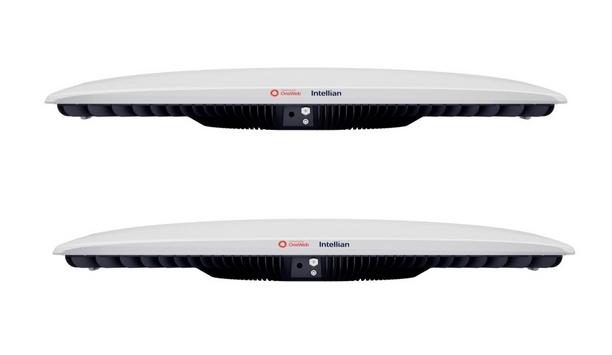The Maritime and Port Authority of Singapore (MPA), the Port of Rotterdam Authority (PoR) and 20 partners in the Green & Digital Shipping Corridor are working to reduce 20% to 30% of emissions from international shipping by 2030. This was agreed at the third Green Corridor workshop, held this week in Rotterdam.
Green & Digital Shipping Corridor
The Green & Digital Shipping Corridor was established in August 2022 to bring together partners across the supply chain to realise zero and near-zero emissions shipping on the Rotterdam-Singapore route, with the ultimate aim to reach net-zero emissions in 2050.
Over the past year, the corridor attracted strong support from global value-chain partners
Over the past year, the corridor attracted strong support from global value-chain partners, including shipping lines, port authorities and operators, fuel suppliers, fuel coalitions and associations, banks, leading institutes of higher learning and knowledge partners.
Reducing greenhouse gas emissions
The project partners are working towards reducing greenhouse gas emissions from this international shipping corridor by 20%, striving for 30%, by 2030, compared to 2022. The corridor will continue to deepen efforts towards achieving the strengthened ambition of the International Maritime Organization (IMO) under the 2023 IMO Strategy on Reduction of GHG Emissions from Ships.
This is to be achieved through the development and uptake of zero and near-zero emission fuels in large containers vessels (of at least 8,000 TEU) deployed on the 15,000 km route, supported by a combination of operational and digital efficiencies.
Multiple alternative fuels explored
A modelling study led by the Mærsk Mc-Kinney Møller Center for Zero-Carbon Shipping, one of the corridor partners for the project, and supported by the ports, explored multiple alternative fuels across a variety of zero and near-zero emission pathways, including synthetic and bio-variants of methanol, ammonia and LNG.
Beyond the study, hydrogen is one other alternative fuel pathway to be looked at. Efforts are underway to aggregate demand and supply to reduce cost gap towards adoption of sustainable fuels.
Identify action steps for the various fuel pathways
Working groups have been established to look into the deployment of all of these fuels on the trade lane
Working groups have been established to look into the deployment of all of these fuels on the trade lane, spanning across demand and supply of fuel, standards, safety procedures, financing and regulations.
The corridor partners gathered in Rotterdam, Netherlands this week, in order to identify action steps for the various fuel pathways.
Enabling the use of new fuels
Low carbon fuels will likely be more expensive than existing fuels. Therefore, a separate working group has been formed with the support of the Global Maritime Forum, the Centre for Maritime Studies of the National University of Singapore, University of Oxford, and Citi, to address gaps in regulation and financing. The study includes modelling price-gap differences to incentivise the uptake of alternative fuels.
In addition, Singapore and Rotterdam have jointly assessed the readiness of both ports and steps ahead, such as adopting similar bunkering standards and safety frameworks to accelerate the adoption of zero and near-zero emission fuels on this major trade route. This was put into action in Q3 2023 with the conduct of ship-to-ship green methanol bunkering on the world’s first methanol-fuelled container ship at both - the Port of Singapore and Rotterdam.
The partners believe that the corridor’s approach, supported by the strong industry coalition will provide greater certainty in demand and help scale-up production of zero and near-zero emission fuels. This will help to close the cost gap and encourage even wider adoption of such fuels.
Digital trade lanes
Rotterdam and Singapore are the first ports adopting and sharing port and vessel information
Rotterdam and Singapore are the first ports adopting and sharing port and vessel information, such as arrival and departure timings in accordance with global standards, namely the IMO & International Hydrographic Organization (IHO) standards to enable systems interoperability.
Both ports are also promoting the use of electronic bills of lading and digital solutions such as just-in-time planning and coordination to enhance efficiencies and reduce GHG emissions.
Partners in the Green & Digital Shipping Corridor
The Maritime and Port Authority of Singapore, the Port of Rotterdam, A.P. Moller Maersk A/S, bp, the Centre for Maritime Studies of the National University of Singapore, Citi, Clifford Capital, CMA CGM, Digital Container Shipping Association, the Global Centre for Maritime Decarbonisation, the Global Maritime Forum, the Mærsk Mc-Kinney Møller Center for Zero-Carbon Shipping, Methanol Institute, MSC, Nanyang Technological University Maritime Energy and Sustainable Development Centre of Excellence, Ocean Network Express, PSA International, RMI, SEA-LNG, Shell, University of Oxford, Yara Clean Ammonia.










